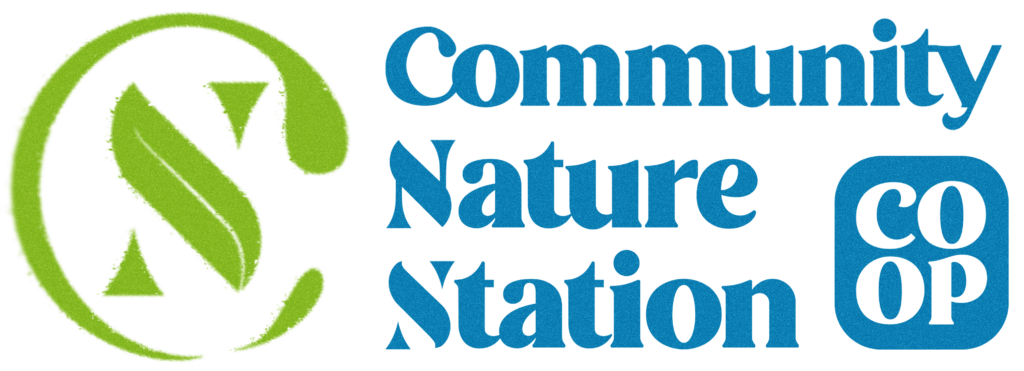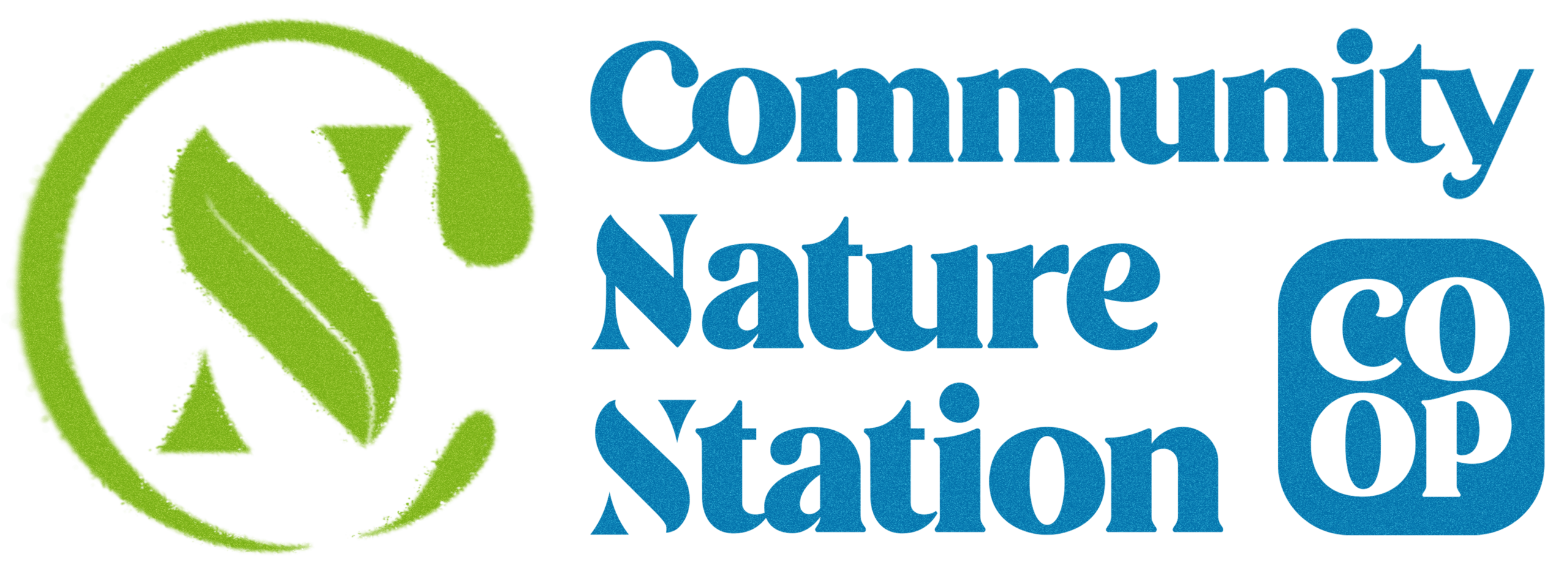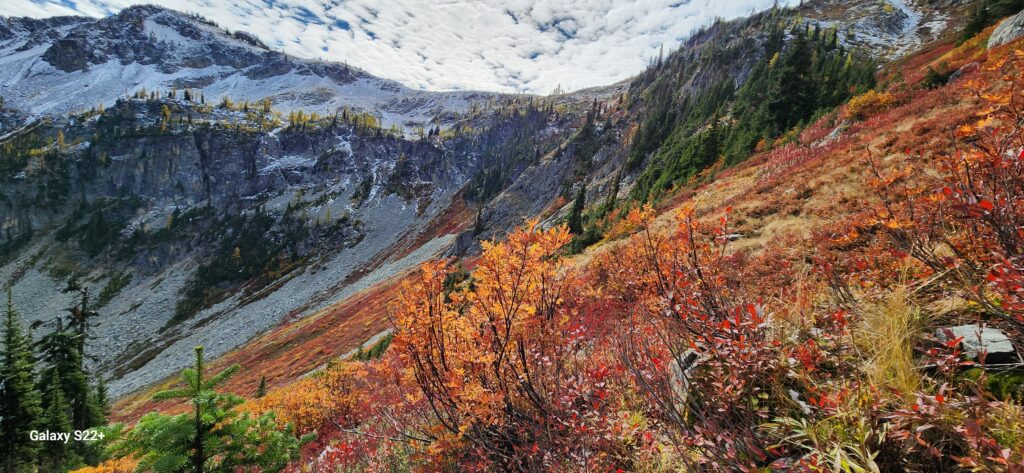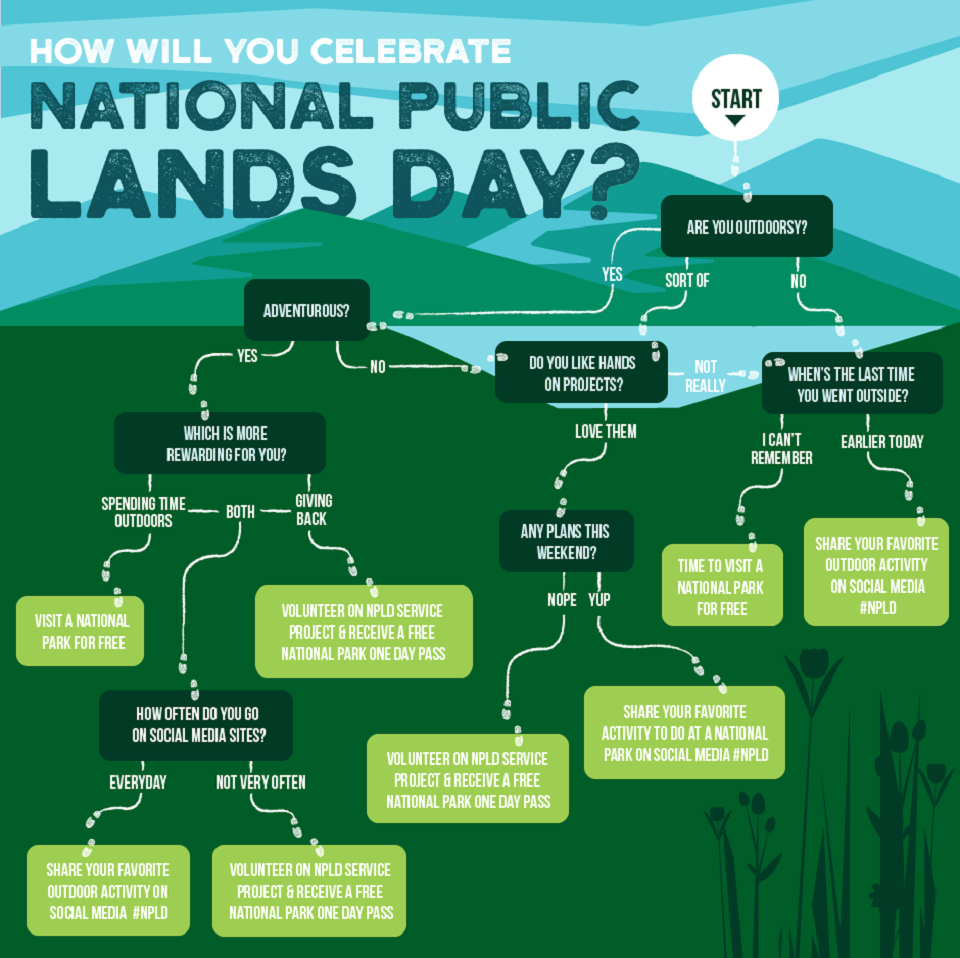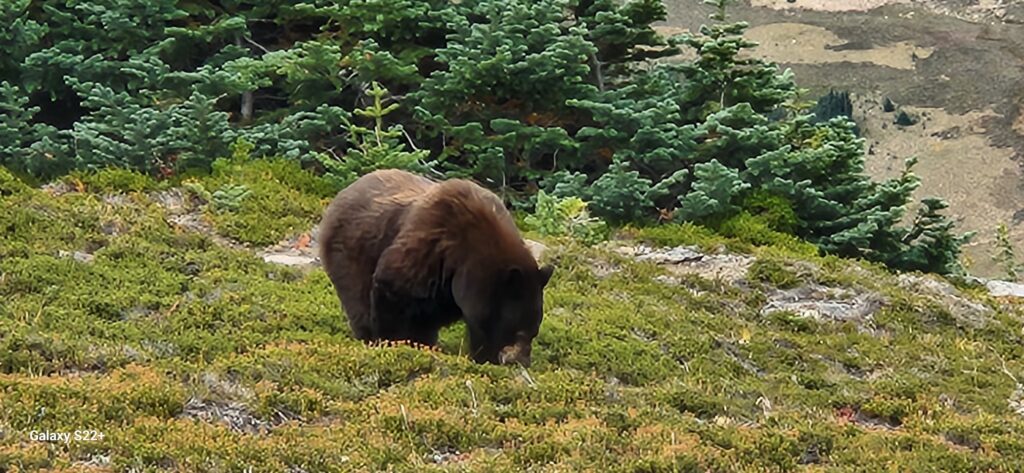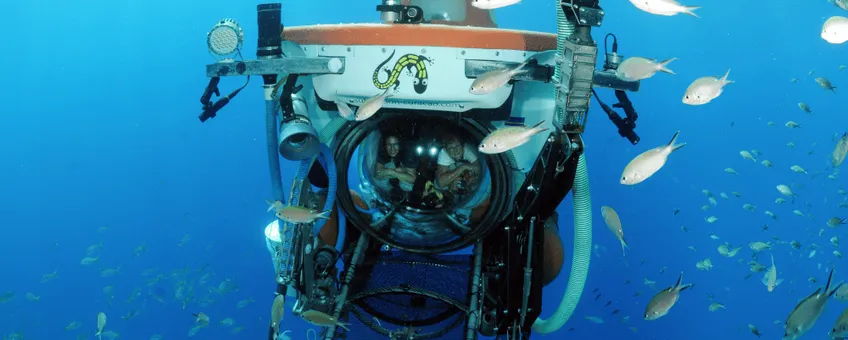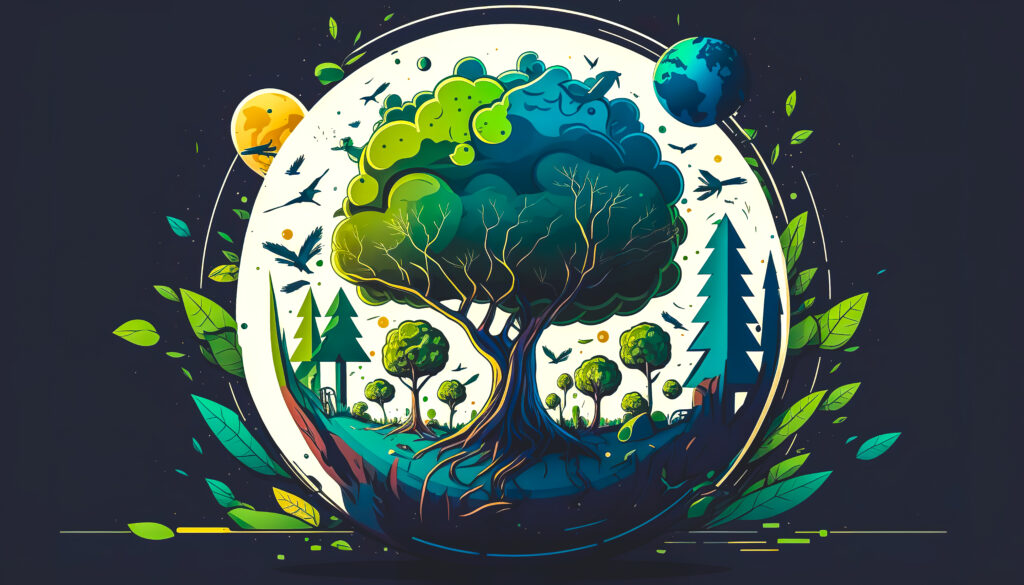Native Thistle
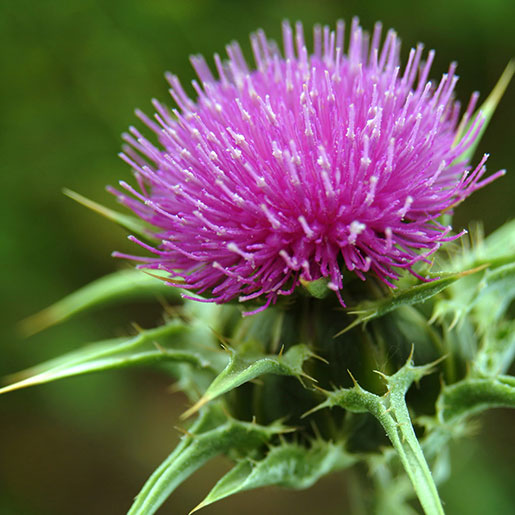
All thistles often get lumped together as bad invasive species, but in fact, there are a number of native species. Due in part to the expansion of nonnative types, five species of Cirsium thistles are classified as endangered in the United States. Localized species, like Pitcher’s thistle, are in peril because of habitat loss and degradation. In the Midwest, native thistles support at least eleven species of bum- blebees, including the endangered rusty-patched variety. Illinois has six species of native thistle that are pollinated by at least eighteen different kinds of butterflies. And it’s not just the insects that benefits from the thistles; American goldfinches are late-nesting songbirds that utilize thistle for nesting material and as a food source. Many varieties of thistle are fuzzy with prickly spines, and others are nearly hairless; many parts of the plant, including the stalks, leaves, and flowers, are edible.
Elk thistle, a species found from Wyoming to Alaska, is sometimes called Evert’s thistle. This name is a reference to Truman Everts, who was a member of an early expedition exploring the area that would eventually become Yellowstone. Everts became separated from the group and survived on not much more than the thistle for over a month before being rescued.
The thistle in your birdfeeder isn’t the same as the type that grows wild. Instead this crop is from a different plant native to Ethiopia. The imported birdseed is heat-treated to prevent it from germinating.
